Last time we learned the basic anatomical stuff and motion of the shoulder muscles. And we identified and understood the muscles on a model. Great, but now let's focus on why we're here - how to draw the shoulder muscles.
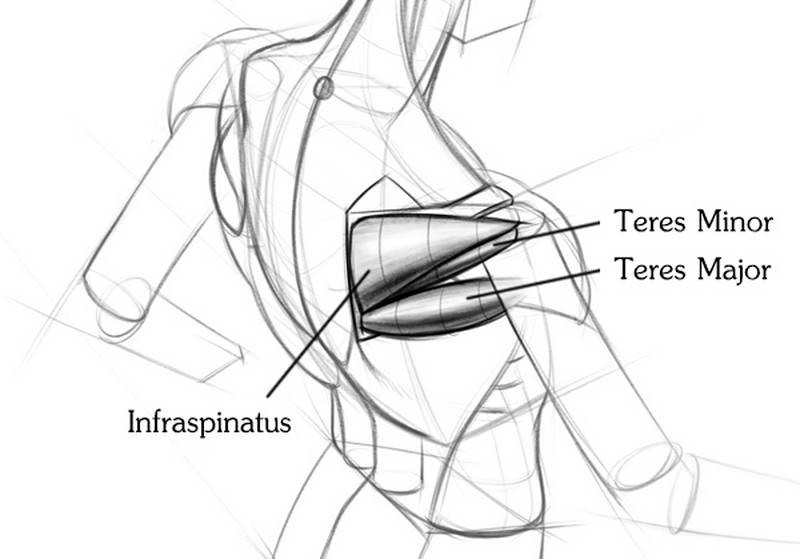
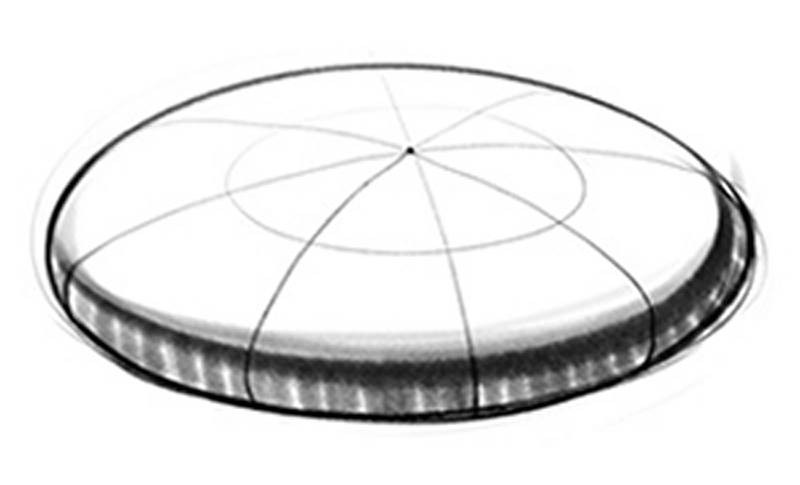
Infraspinatus
The infraspinatus is flat and simple. It has a convex form, like all muscles do, but the convexity is usually subtle. Like a fluffy pancake. It'll appear as a recessed plane since the surrounding muscles bulge out. However, when the infraspinatus is active and really developed, it can also bulge out. You might see the infraspinatus split into two bumps. In this photo it's split down the middle. But, this split can be confusing. In this photo, this is the large shape of the infraspinatus. The split takes a curved, more vertical path. Not what you'd expect.
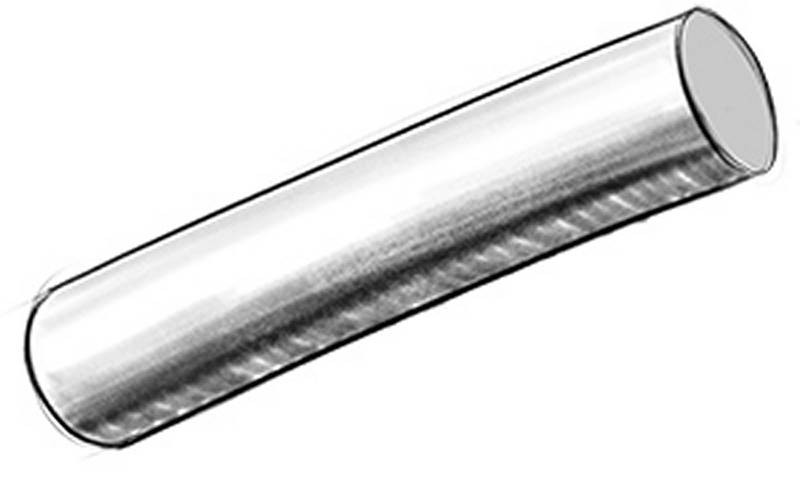
Teres Minor
Let's move on to the teres minor. Like I said before, the teres minor isn't always visible. On the surface it can appear as a continuation of the infraspinatus, or a depression, since the infraspinatus and teres major travel above it. But when you do see it on an ultra ripped superbeing, remember “teres” means cylindrical and that's exactly its form.
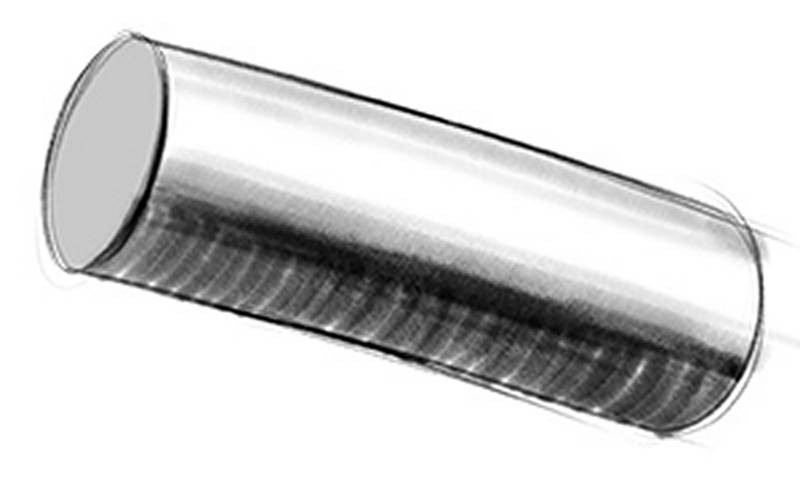
Teres Major
The teres major is also a cylindrical muscle, but it's much larger. The teres major is visible on most people, even thin women. That's why it's such a great landmark. It's that bump on the outer contour of the back, near the armpit. When the arms are at rest, the infraspinatus and teres minor stay flat but the teres major is squashed and stands out. When the arms are raised, the teres major is stretched, so the cylinder gets thinner. Its form become less visible, but the double-curve of the back becomes clearer. What is that, you ask? Well... The latissimus dorsi dominantes the contour of the back with its strong upwards angle. But the teres major cuts across the latissimus to get to its insertion. This creates a double curve. The latissimus has the longer, more vertical angle, and the teres major is that short, more horizontal angle near the armpit. If you only remember one muscle today, make it the teres major! It's visible on nearly everybody and it's helpful for locating other muscles.
Serratus Anterior
The serratus anterior makes a fan-like shape as it reaches out from behind the scapula to wrap around the rib cage. The attachments to the ribs follow an arc somewhat parallel to the skeletal arch. It's largely covered up by the pectoralis major in the top front and the latissimus dorsi in the back. Usually, only the tips of the lowest 4 digits are subcutaneous, progressively getting smaller as they attach closer to the lats.
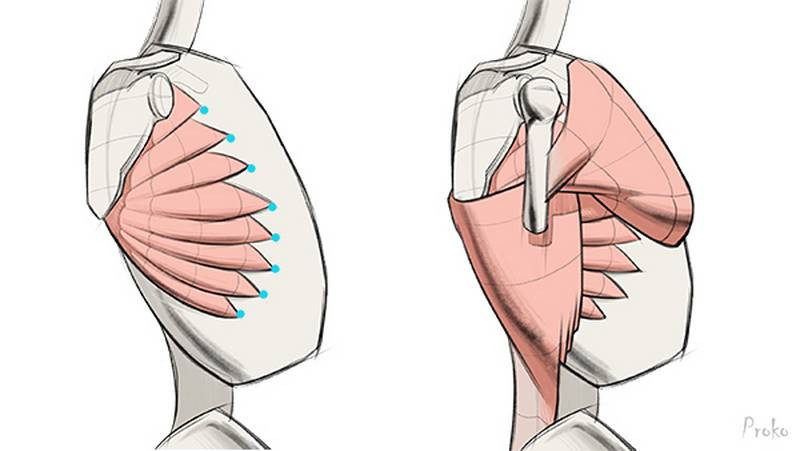
Individually, each digit has a cylindrical form, and that's clearest where they interlock with the external oblique digits. The serratus digits are more horizontal and rounder than their oblique neighbors, so there will be instances when you'll see the serratus, as the oblique digits stay flat.
On the back, the latissimus dorsi completely overlaps the serratus, but sometimes the volume of the serratus is thick enough to push out and be visible anyway. If so, the serratus will appear as a large round form arcing from the bottom of the scapula to the flank of the oblique. So, when the lat is flexed, we'll see the cylindrical form of the lat. When the lat is relaxed, we'll see the serratus.
Assignment
Invent the back muscles! Draw the rib cage, scapula and humerus as simple planar forms. Then add the shoulder muscles. Try out different poses and angles. If inventing is a bit too challenging for you, start by using photo reference or the Skelly app, and ease in to invention. I also have premium model photos available, or you can get a free model sampler pack by subscribing to the Proko newsletter on the home page.










